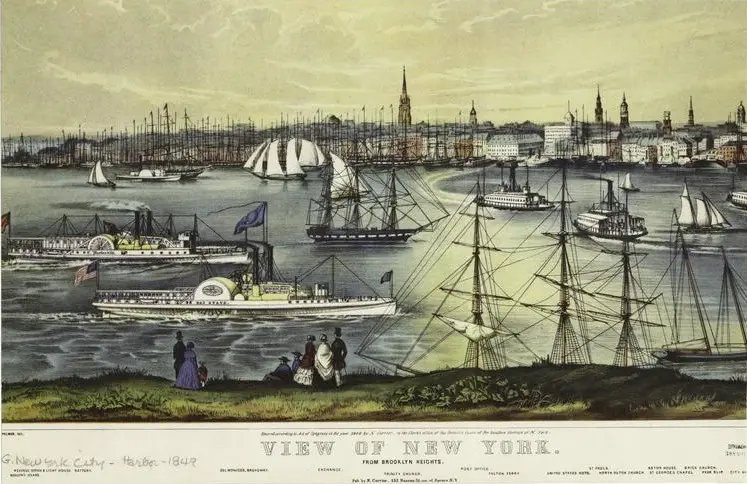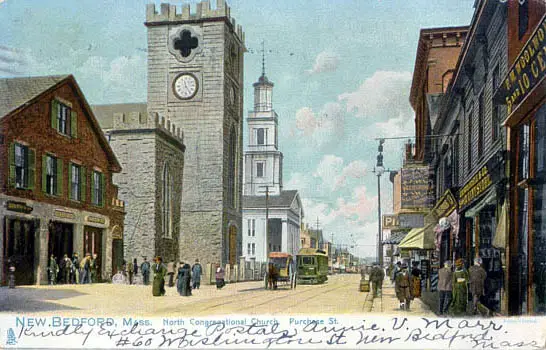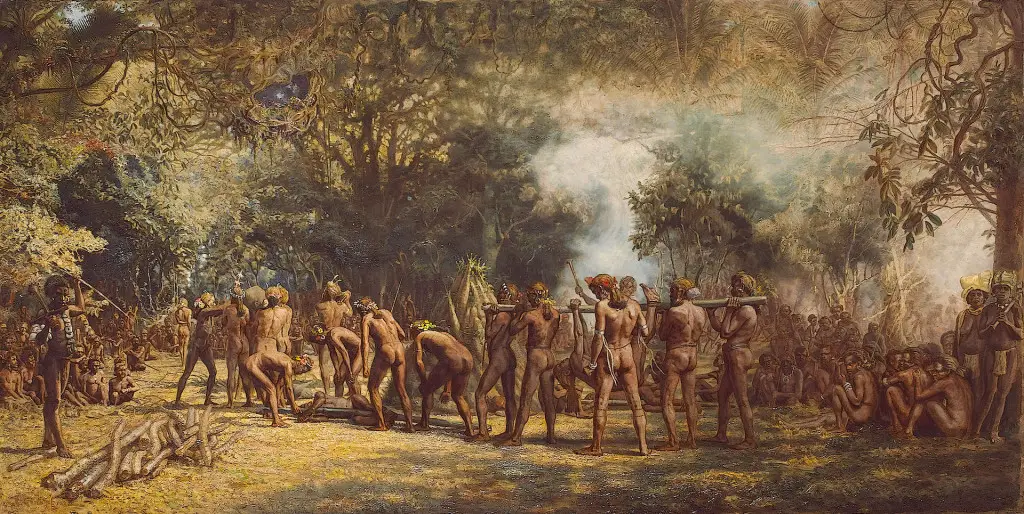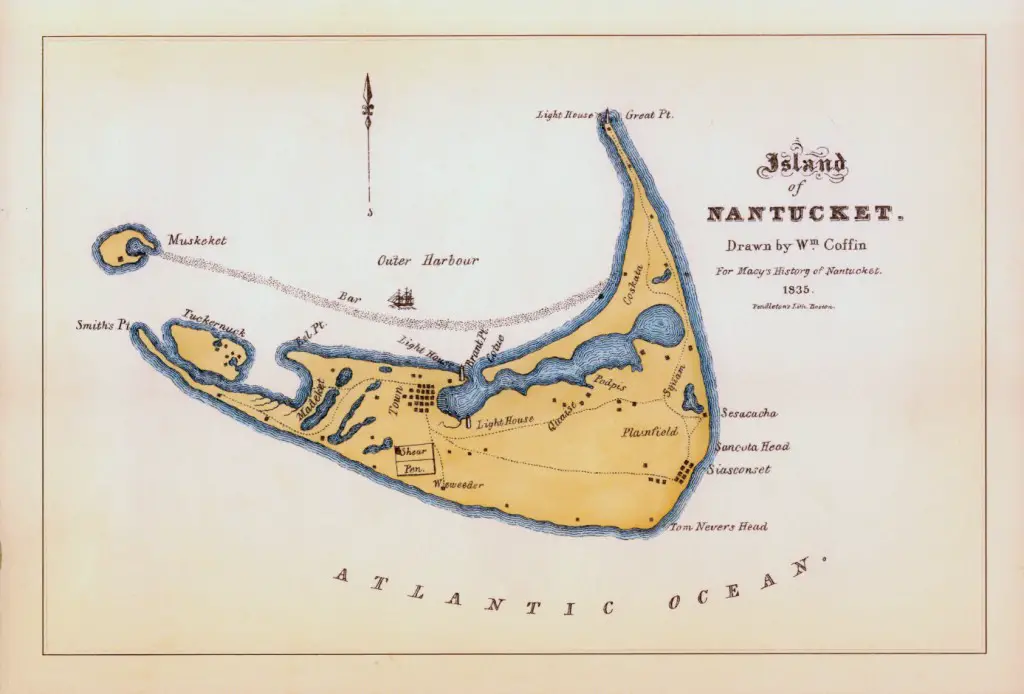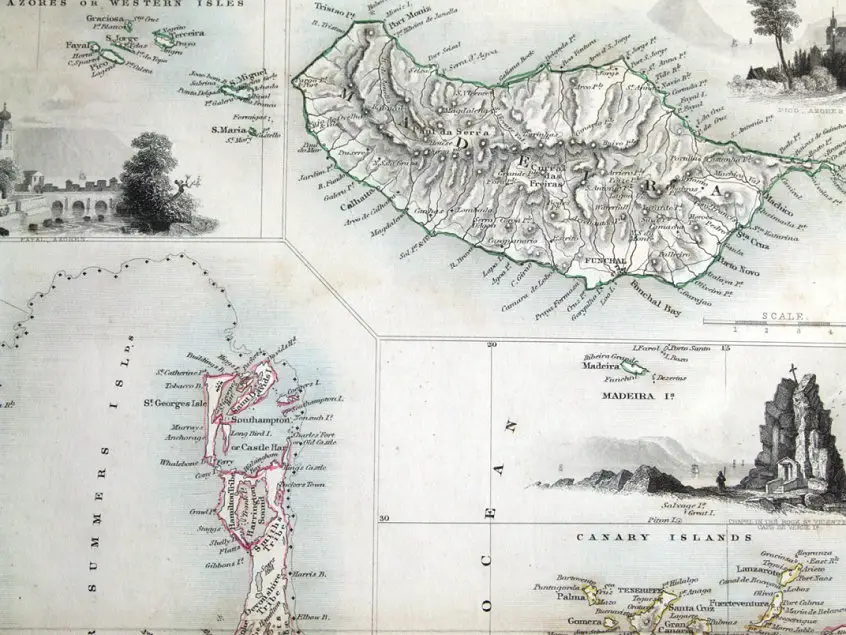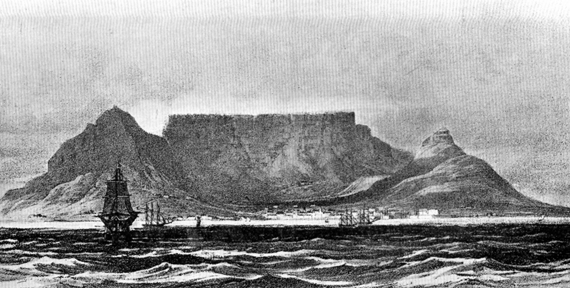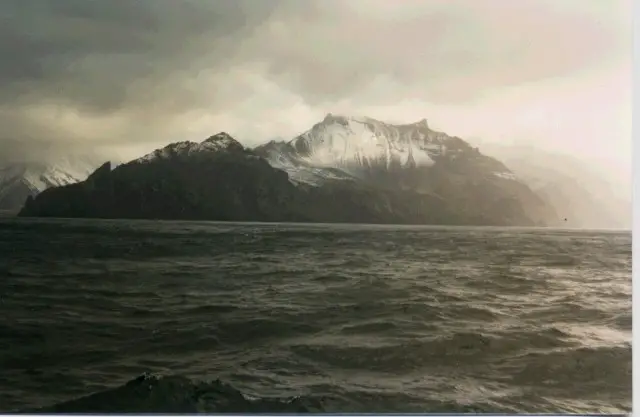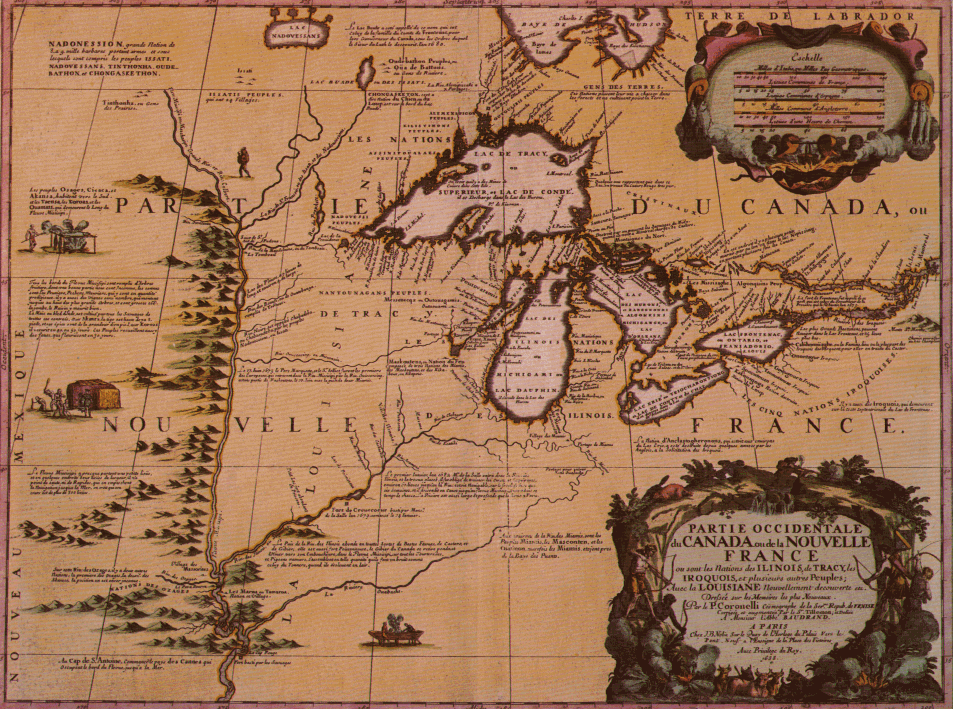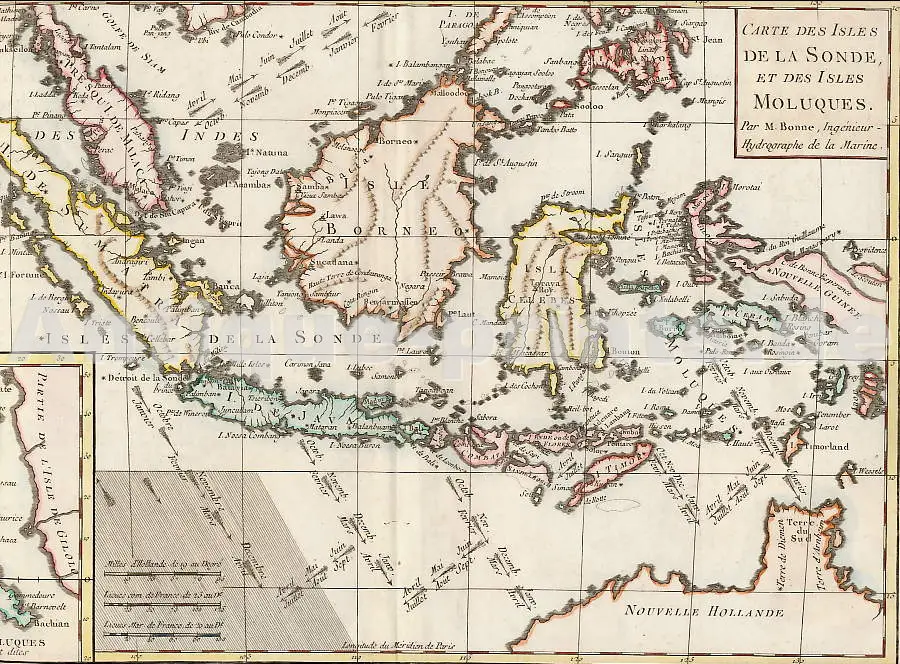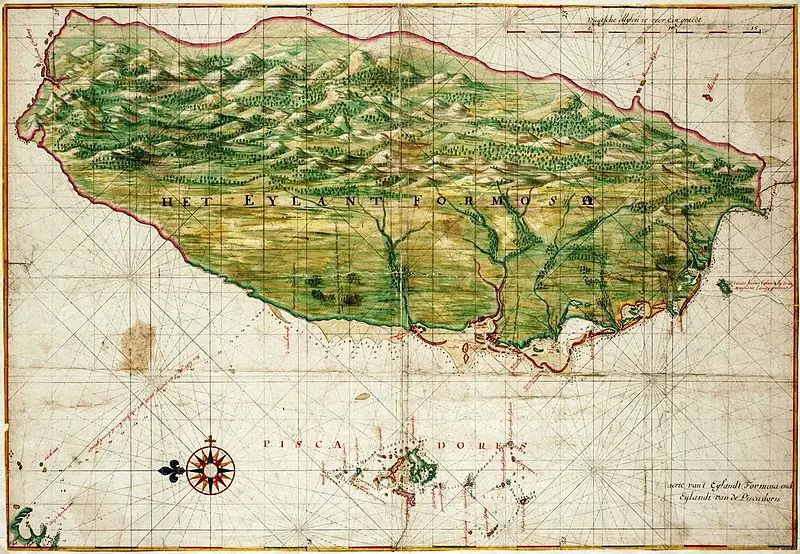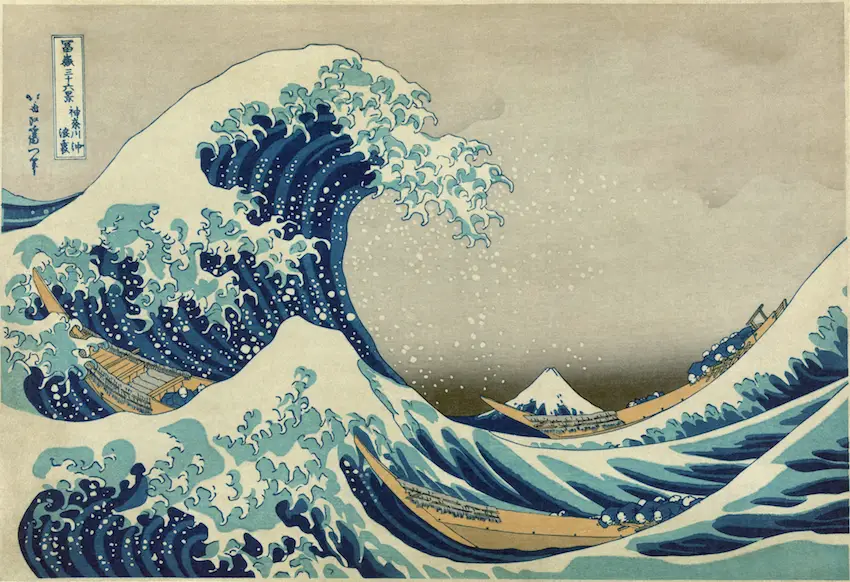Moby-Dick Places: Itinerary of a Fatalistic Journey on the Oceans
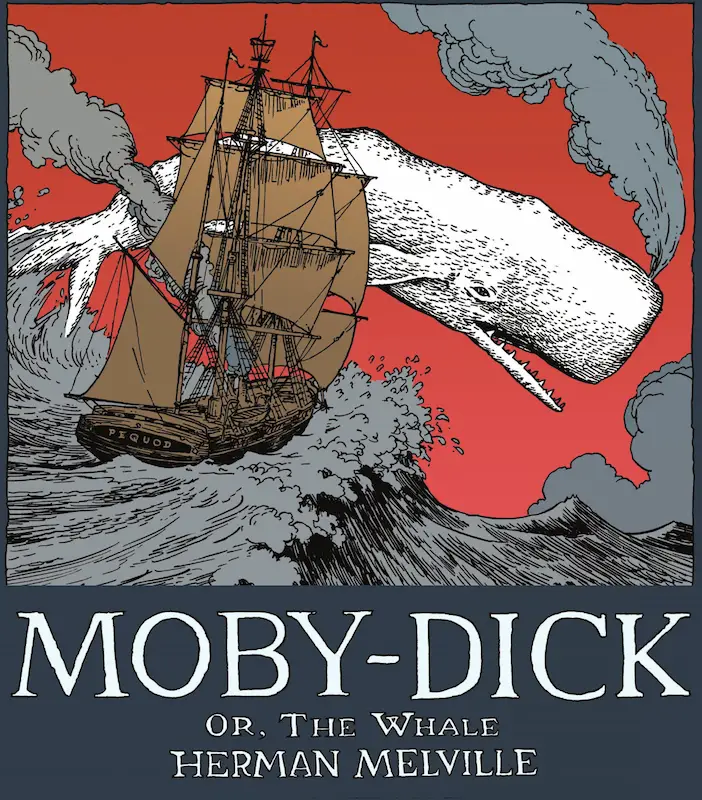
Introduction
Moby-Dick is one of these literature classics that make you feel like you already read them before even turning the first page. Take it from someone like me who reached his late twenties before finally reading Moby-Dick: nothing you have heard or read about Moby-Dick in popular culture or elsewhere can prepare you for the joy of reading this incredible novel.
Moby-Dick is a story told by Ishmael, a seaman who enrolls himself on a whaling ship named ‘The Pequod’ along with his newly-made best friend, Queequeg, a cannibal and fierce harpooner. They embark on a long journey around the globe to hunt sperm whales and their precious spermaceti. However, the crew soon discovers that the unique goal of their captain is to destroy Moby-Dick, the mythical great white whale infamous among seamen for its bloodthirst and wickedness.
The hunt for the white whale takes The Pequod and its crew on an odyssey through all the oceans of this world from the Island of Nantucket in the United States to the coast of Japan in legendary places such as the Cape of Good Hope and the Crozet Islands, the Sunda Strait and its Indonesian islands (Sumatra, Java, Bali, and Timor), Formosa ( Taiwan), the Bashee Isles (Philippines) and many other.
I hope you enjoy this world tour of Moby-Dick places and that these extracts inspire you to read the full novel if you haven’t already done so!
Have you read or plan to read Moby-Dick? Share your thoughts in the comment section.
Finally, allow me to conclude with my favorite quotes from Moby-Dick:
Consider all this; and then turn to this green, gentle, and most docile earth; consider them both, the sea and the land; and do you not find a strange analogy to something in yourself? For as this appalling ocean surrounds the verdant land, so in the soul of man there lies one insular Tahiti, full of peace and joy, but encompassed by all the horrors of the half known life. God keep thee! Push not off from that isle, thou canst never return!
(Starbuck to Ahab) Thou hast outraged, not insulted me, sir; but for that I ask thee not to beware of Starbuck; thou wouldst but laugh; but let Ahab beware of Ahab; beware of thyself, old man.
Maps
1. Manhattan Island, New York
There now is your insular city of the Manhattan, belted round by wharves as Indian isles by coral reefs—commerce surrounds it with her surf. Right and left, the streets take you waterward. Its extreme downtown is the battery, where that noble mole is washed by waves, and cooled by breezes, which a few hours previous were out of sight of land. Look at the crowds of water-gazers there.
2. New Bedford, Massachusetts
The town itself is perhaps the dearest place to live in, in all New England. It is a land of oil, true enough: but not like Canaan; a land, also, of corn and wine. The streets do not run with milk; nor in the springtime do they pave them with fresh eggs. Yet, in spite of this, nowhere in all America will you find more patrician-like houses; parks, and gardens more opulent, than in New Bedford. Whence came they? how planted upon this once scraggy scoria of a country?
3. Rokovoko (Queequeg’s Island)
Fictional cannibal island
Queequeg was a native of Rokovoko, an island far away to the West and South. It is not down in any map; true places never are.
4. Nantucket, Massachusetts
For my mind was made up to sail in no other than a Nantucket craft, because there was a fine, boisterous something about everything connected with that famous old island, which amazingly pleased me. (…)Where else but from Nantucket did those aboriginal whalemen, the Red-Men, first sally out in canoes to give chase to the Leviathan? And where but from Nantucket, too, did that first adventurous little sloop put forth, partly laden with imported cobblestones—so goes the story—to throw at the whales, in order to discover when they were nigh enough to risk a harpoon from the bowsprit?
5. Azores, Plate and the Carrol Ground (North and South Atlantic Ocean)
Days, weeks passed, and under easy sail, the ivory Pequod had slowly swept across four several cruising-grounds; that off the Azores; off the Cape de Verdes; on the Plate (so-called), being off the mouth of the Rio de la Plata; and the Carrol Ground, an unstacked, watery locality, southerly from St. Helena.
6. Cape of Good Hope, South Africa (Dividing Point Between the Atlantic and Indian Oceans)
Cape of Good Hope, do they call ye? Rather Cape Tormentoto, as called of yore; for long allured by the perfidious silences that before had attended us, we found ourselves launched into this tormented sea, where guilty beings transformed into those fowls and these fish, seemed condemned to swim on everlastingly without any haven in-store, or beat that black air without any horizon. But calm, snow-white, and unvarying; still directing its fountain of feathers to the sky; still beckoning us on from before, the solitary jet would at times be described.
7. Crozet Islands (‘Crozetts’)
South-eastward from the Cape, off the distant Crozetts, a good cruising ground for Right Whalemen, a sail loomed ahead, the Goney (Albatross) by name. As she slowly drew nigh, from my lofty perch at the fore-mast-head, I had a good view of that sight so remarkable to a tyro in the far ocean fisheries—a whaler at sea, and long absent from home.
8. The Great Lakes: Lakes Superior, Michigan, Huron, Erie, and Ontario
Now, gentlemen, in square-sail brigs and three-masted ships, well-nigh as large and stout as any that ever sailed out of your old Callao to far Manilla; this Lakeman, in the land-locked heart of our America, had yet been nurtured by all those agrarian freebooting impressions popularly connected with the open ocean. For in their interflowing aggregate, those grand fresh-water seas of ours,—Erie, and Ontario, and Huron, and Superior, and Michigan,—possess an ocean-like expansiveness, with many of the ocean’s noblest traits; with many of its rimmed varieties of races and of climes. They contain round archipelagoes of romantic isles, even as the Polynesian waters do; in large part, are shored by two great contrasting nations, as the Atlantic is;(…)
9. Indonesia’s Islands: Sumatra, Java, Bali and Timor
The long and narrow peninsula of Malacca, extending south-eastward from the territories of Birmah, forms the most southerly point of all Asia. In a continuous line from that peninsula stretch the long islands of Sumatra, Java, Bally, and Timor; which, with many others, form a vast mole, or rampart, lengthwise connecting Asia with Australia, and dividing the long unbroken Indian ocean from the thickly studded oriental archipelagoes. This rampart is pierced by several sally-ports for the convenience of ships and whales; conspicuous among which are the straits of Sunda and Malacca. By the straits of Sunda, chiefly, vessels bound to China from the west, emerge into the China seas.
Time out of mind the piratical proas of the Malays, lurking among the low shaded coves and islets of Sumatra, have sallied out upon the vessels sailing through the straits, fiercely demanding tribute at the point of their spears. Though by the repeated bloody chastisements they have received at the hands of European cruisers, the audacity of these corsairs has of late been somewhat repressed; yet, even at the present day, we occasionally hear of English and American vessels, which, in those waters, have been remorselessly boarded and pillaged.
10. Taiwan (Formosa) And Philippines (Bashee Isles)
Now, from the South and West, the Pequod was drawing nigh to Formosa and the Bashee Isles, between which lies one of the tropical outlets from the China waters into the Pacific. And so Starbuck found Ahab with a general chart of the oriental archipelagoes spread before him; and another separate one representing the long eastern coasts of the Japanese islands—Niphon, Matsmai, and Sikoke. With his snow-white new ivory leg braced against the screwed leg of his table, and with a long pruning-hook of a jack-knife in his hand, the wondrous old man, with his back to the gangway door, was wrinkling his brow and tracing his old courses again.
When gliding by the Bashee isles we emerged at last upon the great South Sea; were it not for other things, I could have greeted my dear Pacific with uncounted thanks, for now, the long supplication of my youth was answered; that serene ocean rolled eastwards from me a thousand leagues of blue
11. Japan
Launched at length upon these almost final waters, and gliding towards the Japanese cruising-ground, the old man’s purpose intensified itself. His firm lips met like the lips of a vice; the Delta of his forehead’s veins swelled like overladen brooks; in his very sleep, his ringing cry ran through the vaulted hull, “Stern all! the White Whale spouts thick blood!”
At this point of the story, the Pequod is hit by a terrible typhoon that the crew, and especially Starbuck, see as a bad sign. The chief mate tries to reason with Captain Ahab and convince him to head back to Cape of Good Hope. But Ahab decides to continue East and chase Moby-Dick to meet the fate he sealed for him and the Pequod’s crew upon leaving Nantucket:
“Yes, yes, round the Cape of Good Hope is the shortest way to Nantucket,” soliloquized Starbuck suddenly, heedless of Stubb’s question. “The gale that now hammers at us to save us, we can turn it into a fair wind that will drive us towards home. Yonder, to windward, all is the blackness of doom; but to leeward, homeward—I see it lightens up there; but not with the lightning.”
At this point of the story, the Pequod is hit by a terrible typhoon that the crew, and especially Starbuck, see as a bad sign. The chief mate tries to reason with Captain Ahab and convince him to head back to Cape of Good Hope. But Ahab decides to continue East and chase Moby-Dick to meet the fate he sealed for him and the Pequod’s crew upon leaving Nantucket:
“Yes, yes, round the Cape of Good Hope is the shortest way to Nantucket,” soliloquized Starbuck suddenly, heedless of Stubb’s question. “The gale that now hammers at us to save us, we can turn it into a fair wind that will drive us towards home. Yonder, to windward, all is the blackness of doom; but to leeward, homeward—I see it lightens up there; but not with the lightning.”

